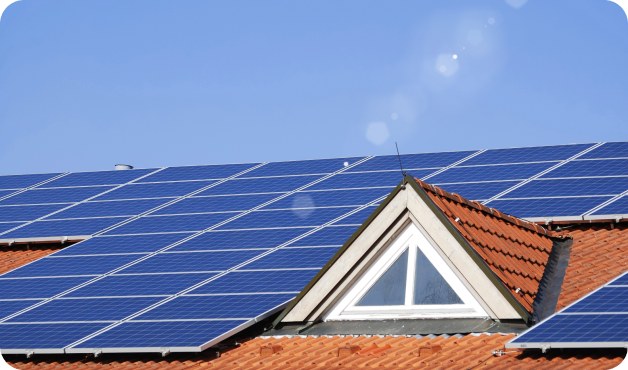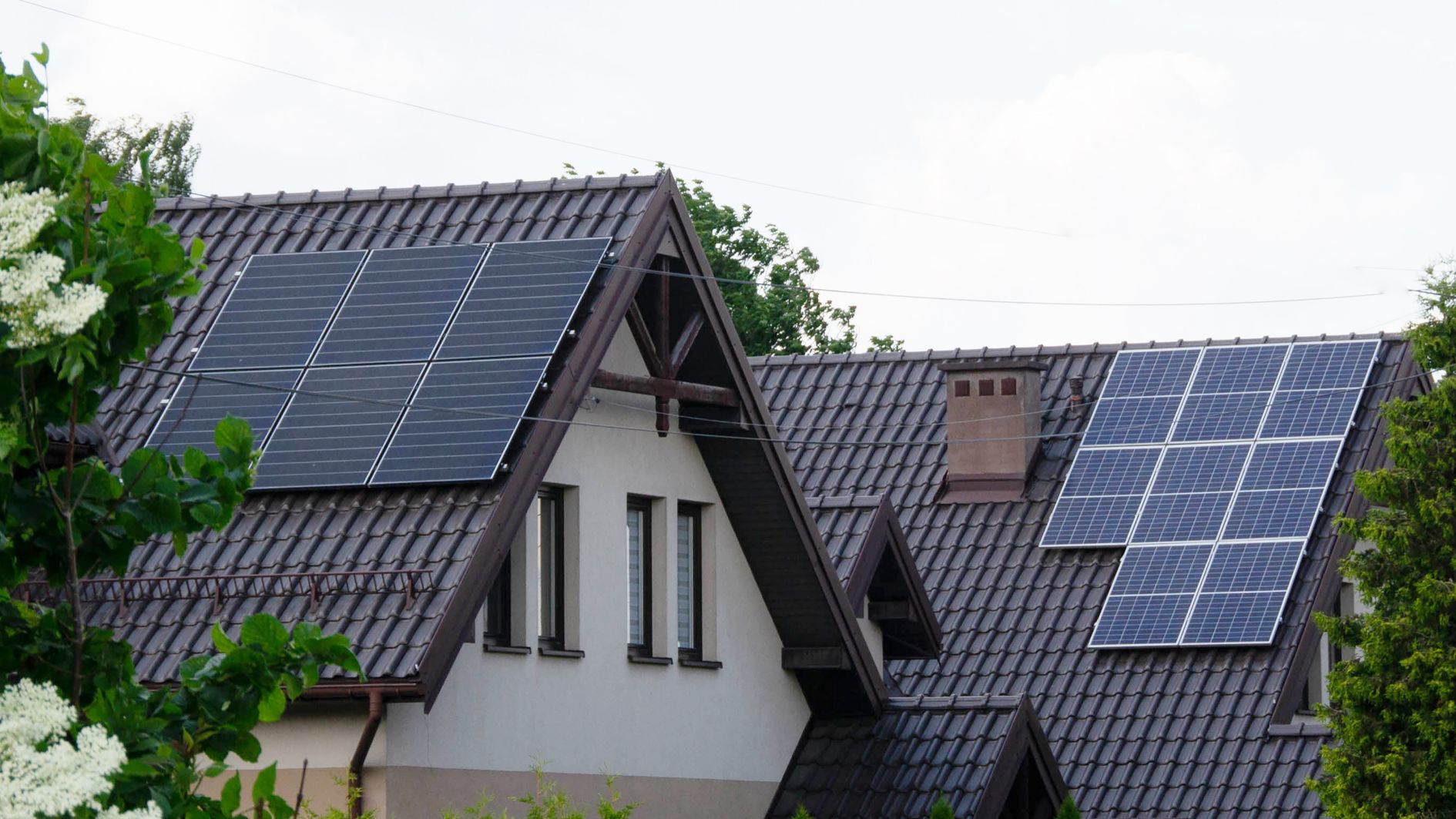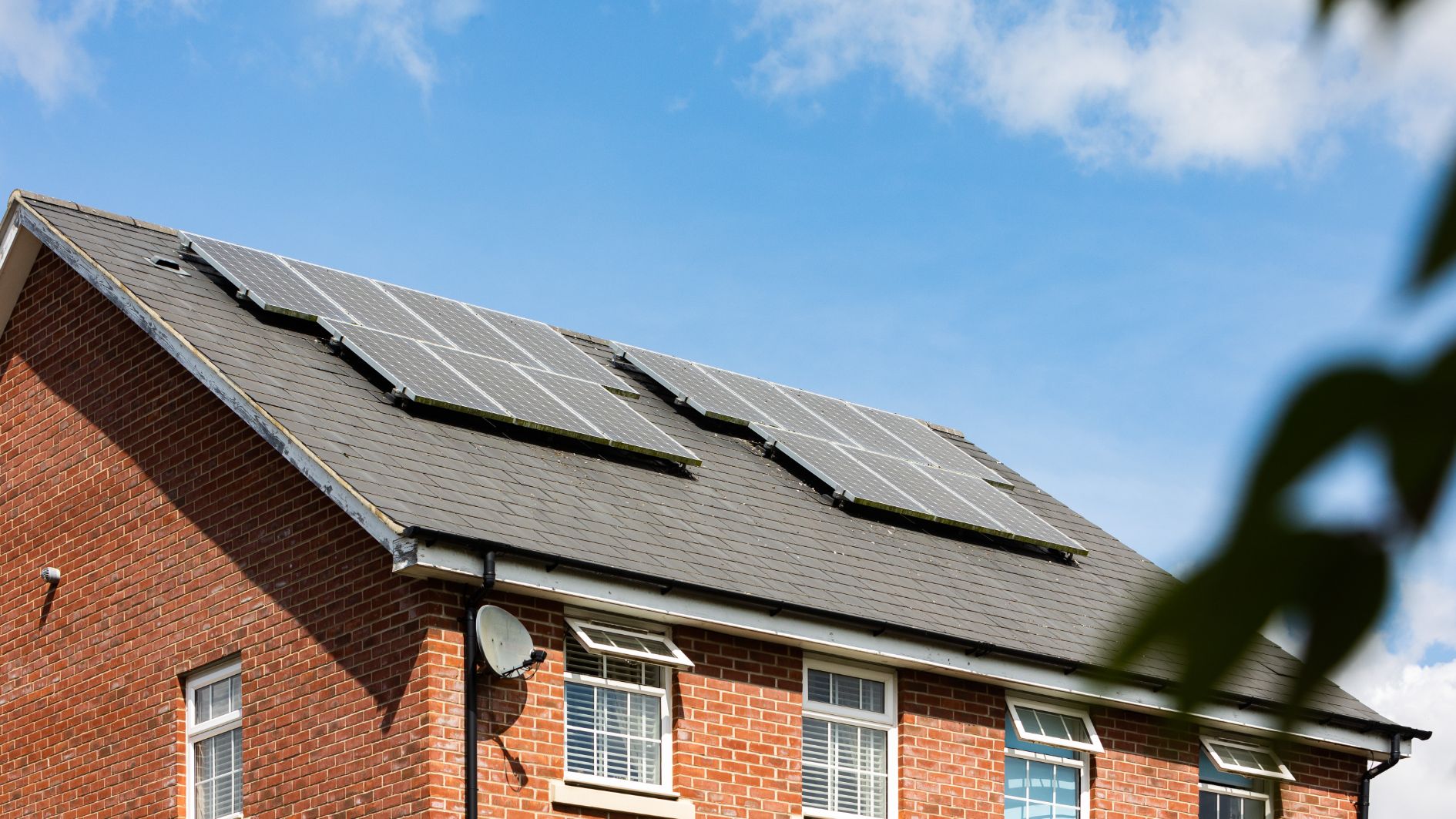Solar for Low-Income Families
Ensuring solar energy access for low-income families isn’t just about the environment; it’s about fairness and empowerment. Through financial aid, community projects, affordable housing initiatives, education, and partnerships with nonprofits, we can ensure everyone reaps the rewards of renewable energy.

SolarWiki. Empowering every American with solar insights!
Benefits that Come with Adopting Solar
Cut Down Your Energy Bills
Solar power can lower your monthly electricity costs, making it easier to manage household expenses.
Gain Energy Independence
By going solar, you’re less dependent on traditional utilities and their rising costs, giving you more control over your energy expenses.
Breathe Cleaner Air
Solar energy doesn’t create pollution, which means cleaner air and better health for your family and community.
Access Helpful Incentives
Programs, grants, and tax credits are available to help cover solar installation costs, making it affordable for families like yours.
Boost Your Home’s Value
Installing solar can increase the value of your home, providing long-term financial benefits.
Stay Powered During Outages
With solar and a battery, you can have backup power during blackouts, keeping your family safe and comfortable.
Low-Income Communities and Low-Income Families
What’s the difference and what it means for my solar?
Low-income families are households where income is limited, often making it hard to afford high energy bills. These families may qualify for individual assistance programs, rebates, and incentives to help them go solar and reduce costs.
Low-income communities, on the other hand, are areas where a significant portion of residents have limited income, leading to community-wide support needs. These areas often qualify for larger solar programs and grants that benefit multiple households or provide neighborhood-level solar solutions.
To qualify, families typically need to meet specific income guidelines, while low-income communities are identified based on the area’s average income and economic factors.

How to Calculate if You Qualify
Check your eligibility for low-income incentives
Step 1
Identify Your Household Size
Count the total number of people living in your household.
Step 2
Check the Income Limit
Find your household size in the data below to see the 200% poverty level income limit.
Step 3
Compare Your Annual Income
If your total household income is equal to or below the number shown, you may be eligible for low-income solar programs and other financial aid options.
For example, a family of four with an annual income of $55,500 or less would meet the 200% poverty level threshold, qualifying them for certain assistance programs.
Check your eligibility for low-income incentives
This guide helps you quickly check if your household qualifies for low-income solar incentives
and financial aid, making solar more affordable.

Where Should You Start?
Check your eligibility
Research low-income solar programs in your area and see if you qualify based on your household income and other requirements.
Get an energy audit
Many low-income solar programs offer free energy audits to help you find ways to make your home more energy-efficient before installing solar panels.
Explore financing options
Look into government incentives, grants, and special financing options that can help cover the cost of solar installation for low-income households.
Choose a reputable installer
Work with a certified, experienced solar installer who participates in low-income solar programs and understands your specific needs.
Apply for the program
Once you’ve found a program that fits your needs, submit an application and provide the necessary documentation to verify your eligibility.
Schedule your installation
After you’re approved, your solar installer will work with you to schedule a convenient time for the installation process.
Enjoy the benefits
Once your solar panels are installed, you can start enjoying lower electricity bills and the satisfaction of using clean, renewable energy.
Navigating Solar Options Can Be Overwhelming
But Help Is Available!
Going solar and figuring out all the programs and incentives can seem like a lot. Luckily, nonprofit groups, solar companies, and Community Development Financial Institutions (CDFIs) are here to help. They guide you in choosing the right solar setup, finding financing options, and getting tax credits and rebates.
With support from funds like the Greenhouse Gas Reduction Fund (GGRF), CDFIs, and local grants, solar can be affordable for more people. CDFIs, for example, offer low-cost loans for those who may not qualify for regular financing. With all this help, going solar becomes easier, less costly, and stress-free — so you can start saving on energy without going it alone.
Making Solar Affordable with the the Clean Electricity Investment Credit and Lease Options

Direct CEIC Eligibility Challenges
Not all homeowners can fully benefit from the Clean Electricity Investment Credit (CEIC) when buying a solar system outright. If you don’t owe enough in federal taxes, you may not qualify for the full 30% investment credit, which can make it harder to afford solar.

How Leasing Can Help
With a solar lease, a company installs and owns the system on your property, and you pay a fixed monthly lease. Since the company owns the system, they can claim the Clean Electricity Investment Credit and bonus credits (up to 60% of the project cost), making it cheaper for them and lowering your lease payments.

Lease-to-Own Savings
After the lease term, which usually lasts several years, you’ll have the option to buy the system at a reduced price. This way, you end up owning the solar system and continue to save on energy costs without needing a large upfront investment.

Additional Benefits for Low-Income and Energy Communities
Projects in low-income or energy communities can qualify for extra bonus credits, making solar more affordable and accessible for households in these areas.
This approach makes solar more budget-friendly
and accessible for homeowners who might not qualify for the CEIC directly.
CEIC and Solar Bonus Credits
A solar lease agreement guarantees a 30% incentive for your system,
with the chance to qualify for up to 70% if additional criteria are met.

This means that you can qualify for up to 70% incentive for your solar system if entered in solar lease agreement.
State and Local Organizations
State and local organizations offer various programs to help low-income families access solar energy. These include financial aid, grants, and community solar programs that reduce or eliminate upfront costs. Many states also partner with nonprofits and agencies to provide low-cost loans, tax credits, and rebates, making solar more affordable for families on tight budgets.

CDFIs
Community Development Financial Institutions (CDFIs) are here to help homeowners like you access affordable financing options for solar energy. CDFIs provide low-interest loans and financial assistance, especially for families with limited income, making solar installations and energy-saving upgrades more affordable. With their support, going solar can be within reach, helping you save on energy costs and improve your home’s efficiency.
Other Nonprofits
Nonprofits are dedicated to helping homeowners like you make solar energy affordable and accessible. Many nonprofits offer financial assistance, grants, or low-cost programs designed for families with limited incomes. They provide resources, guidance, and support to help you go solar, reduce energy bills, and make your home more sustainable. With their help, switching to solar can be easier and more budget-friendly.


GGRF
The Greenhouse Gas Reduction Fund (GGRF) provides financial support to help homeowners like you access clean energy solutions, especially if you’re in a low-income community. Through grants and affordable loans, the GGRF makes it easier to go solar, reduce energy costs, and lower greenhouse gas emissions, supporting both your household and the environment.
Tips for Low-Income Solar Adoption
If you’re a low-income family looking to save money by going solar, here are some key strategies to consider
Net metering
Look for net metering programs that let you get full credit for extra solar power you produce and send to the grid.
Upfront Cost Reduction
Find rebates and incentives that lower upfront installation costs, so you can start saving on energy bills right away.
Consumer Protection
Avoid scams and predatory loans by choosing solar programs with strong consumer protections.
Sustainable Funding
Opt for solar initiatives with reliable, long-term funding to ensure ongoing savings and support.
Accessible Financing
See if the program offers easy payment plans like on-bill financing to make solar more affordable.
Flexible Eligibility
Check eligibility requirements, as some low-income solar programs don’t have strict credit score minimums.
Complementary Programs
Combine solar with energy efficiency upgrades through complementary programs to maximize savings and benefits.
Breaking Down Solar Misconceptions

Myth
Solar panels will hurt my home’s value

Fact
Actually, solar can increase your home’s value. Buyers love homes with lower energy bills, so you could end up selling for more!
Boost your home’s value and save on energy – learn how solar works for you!















